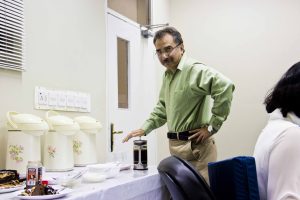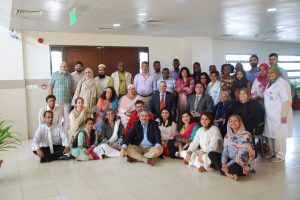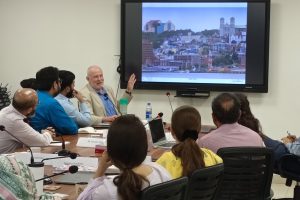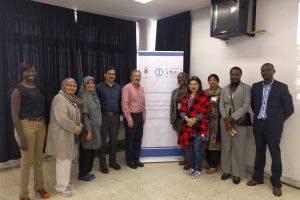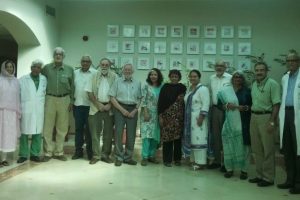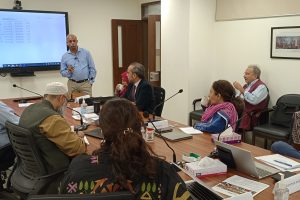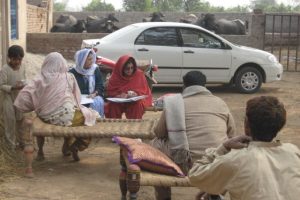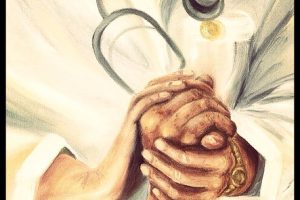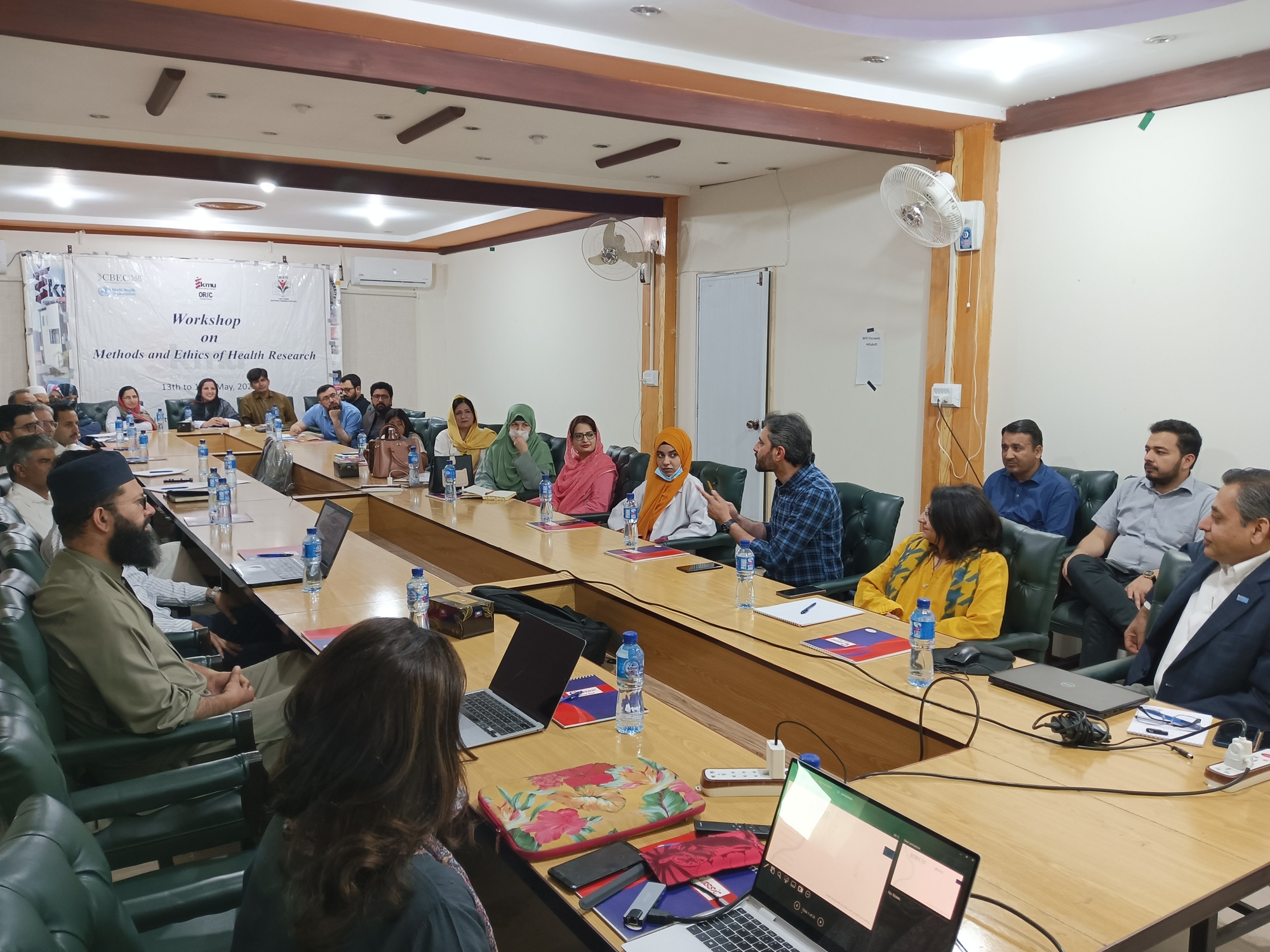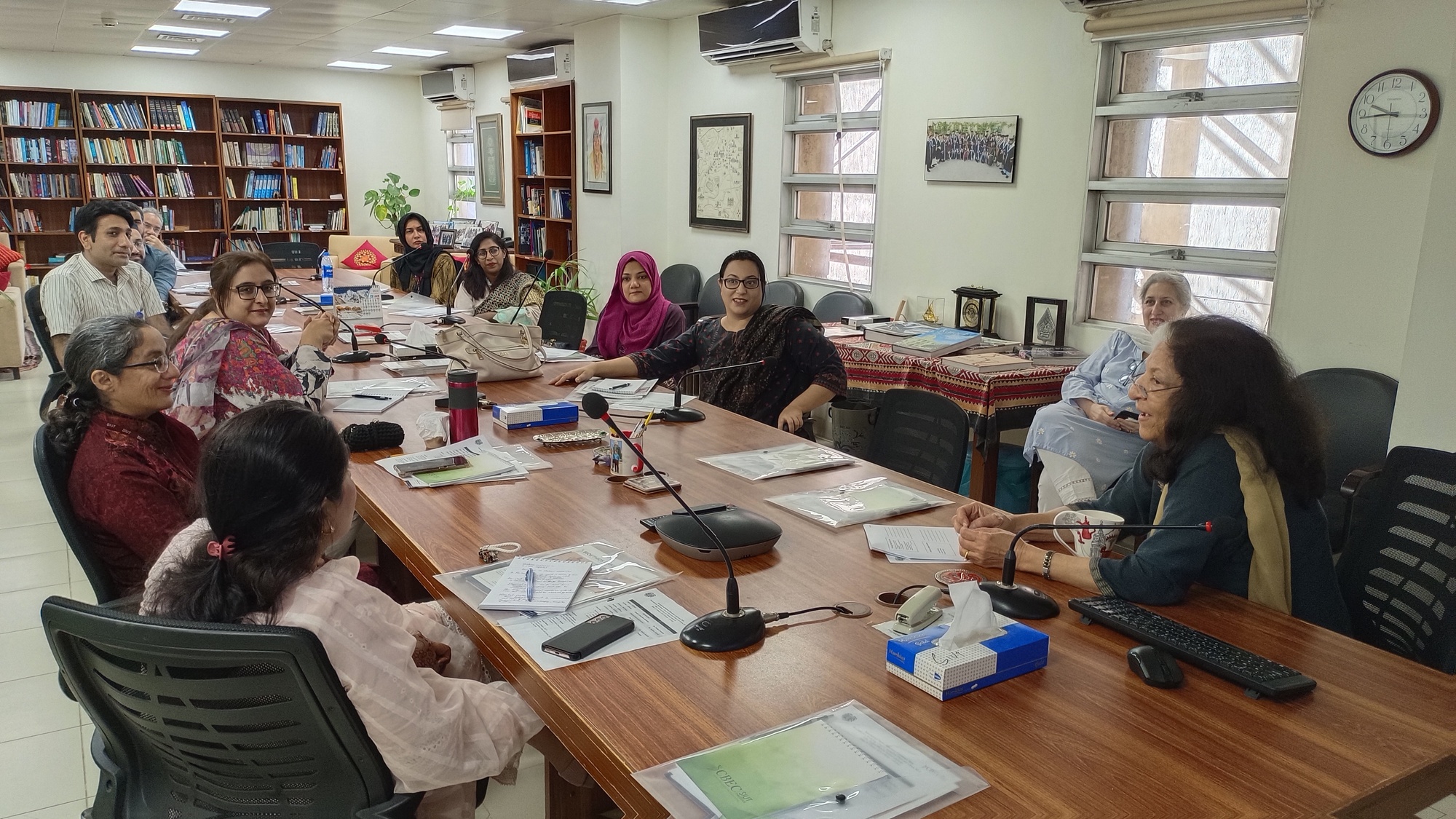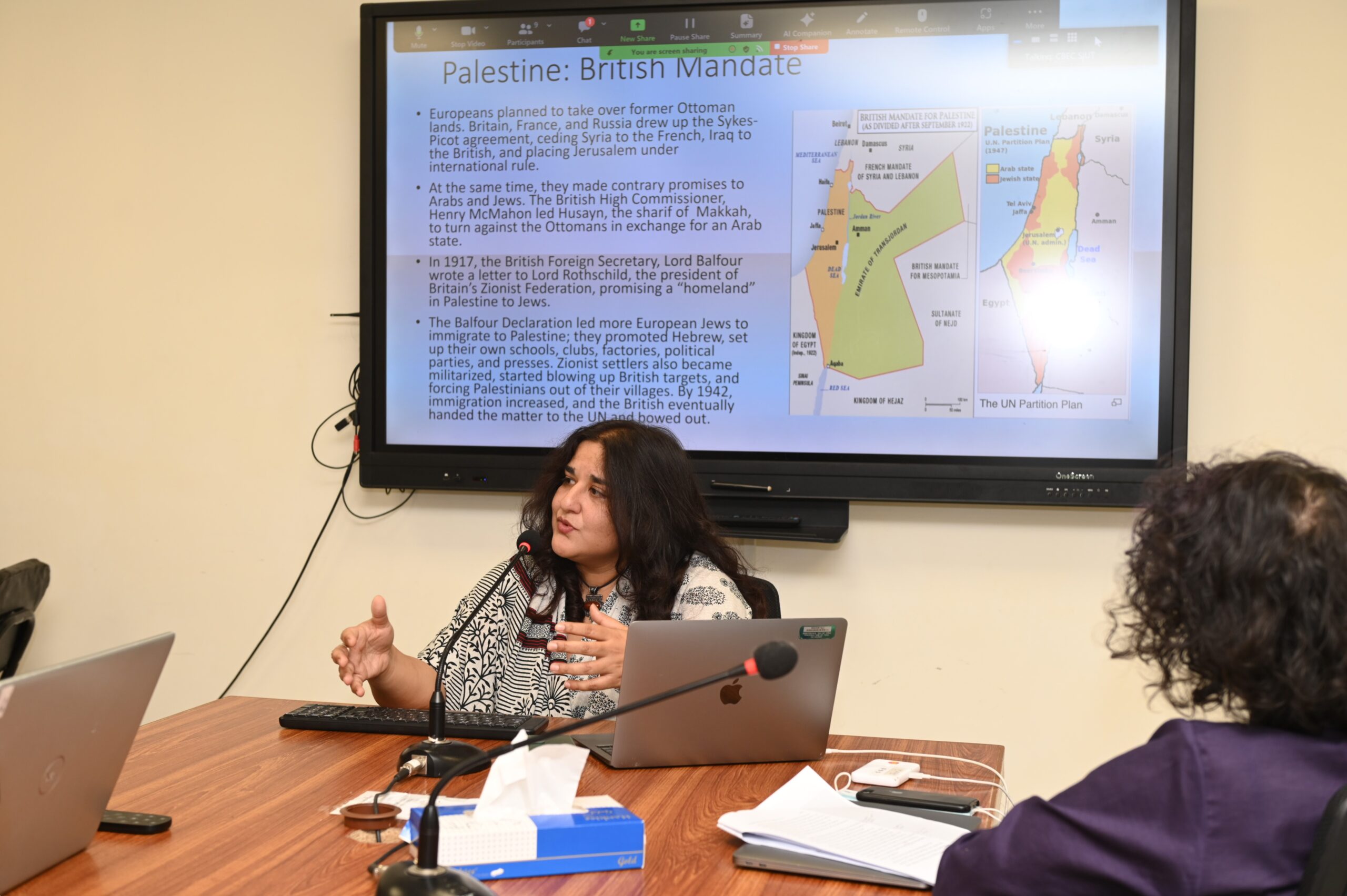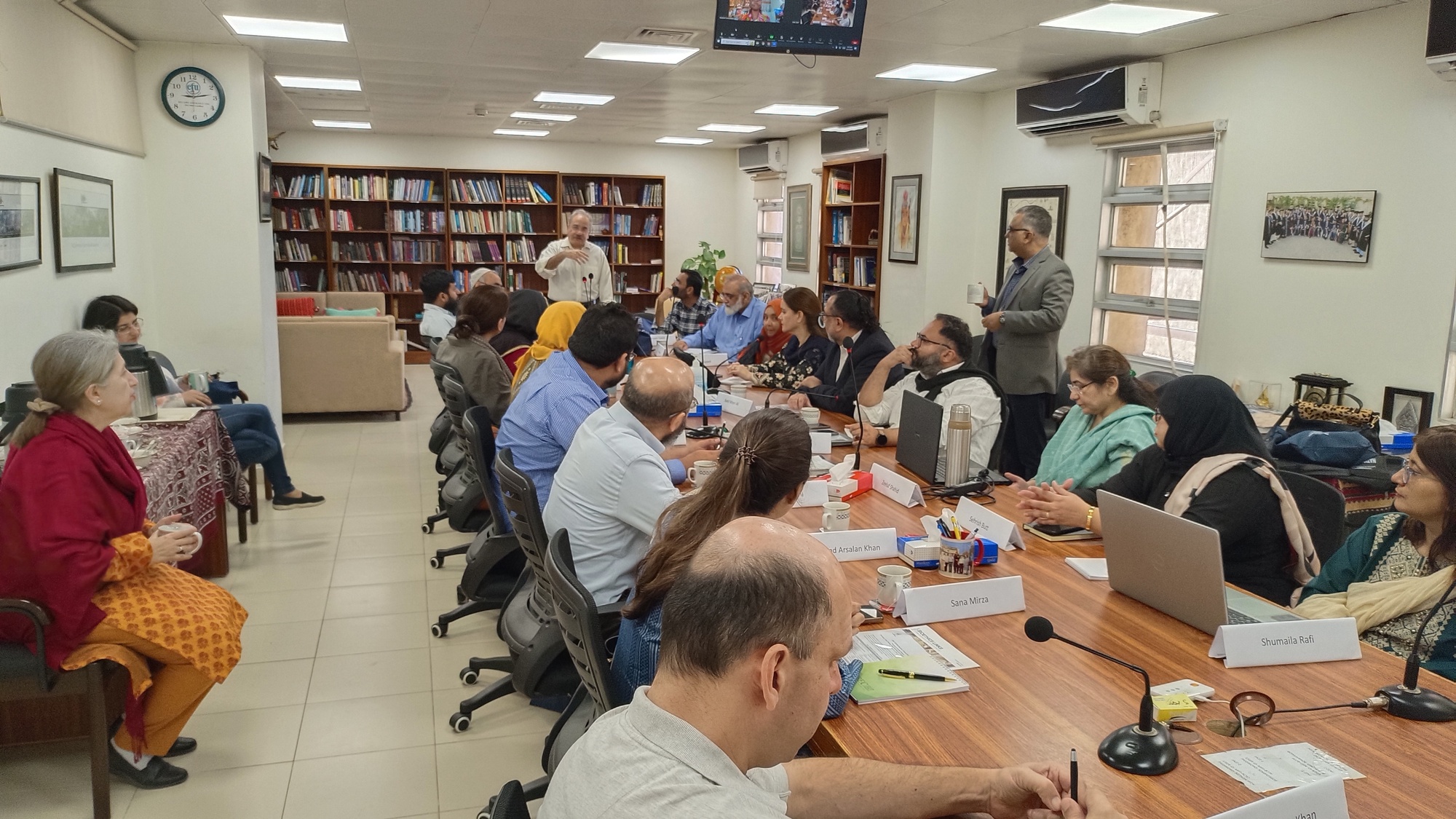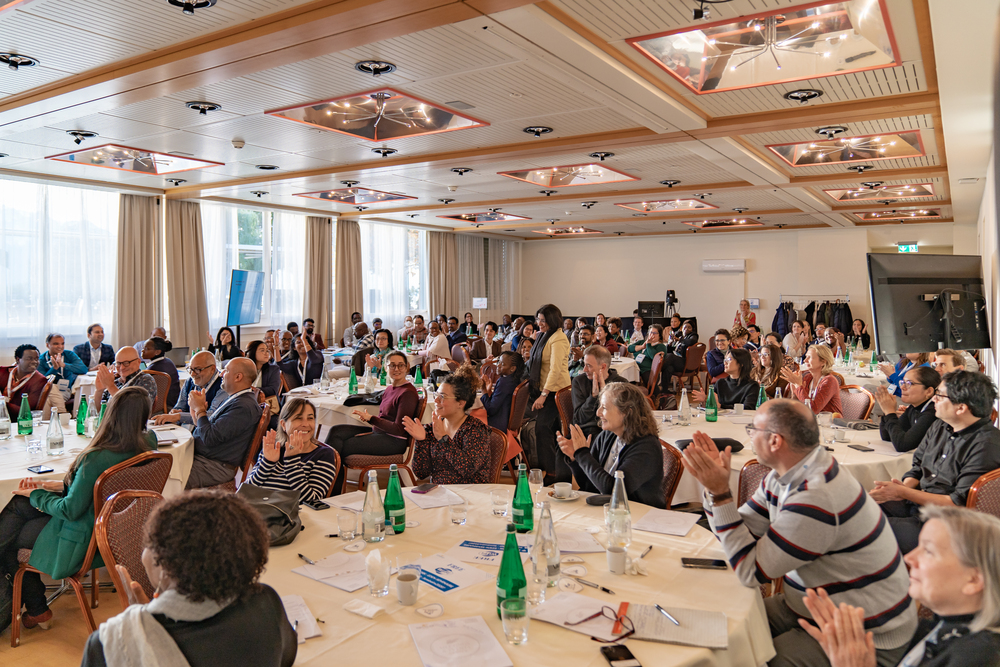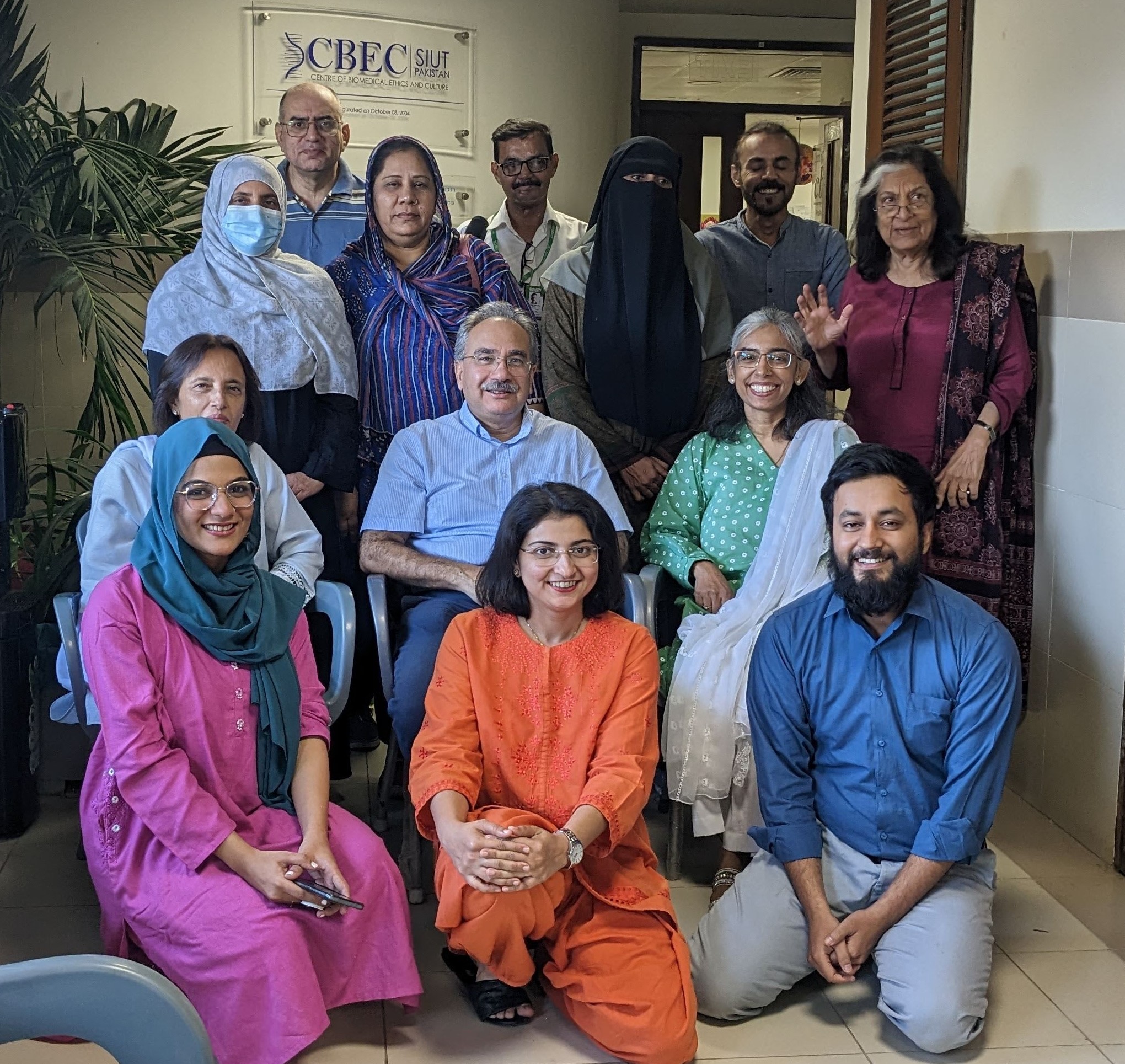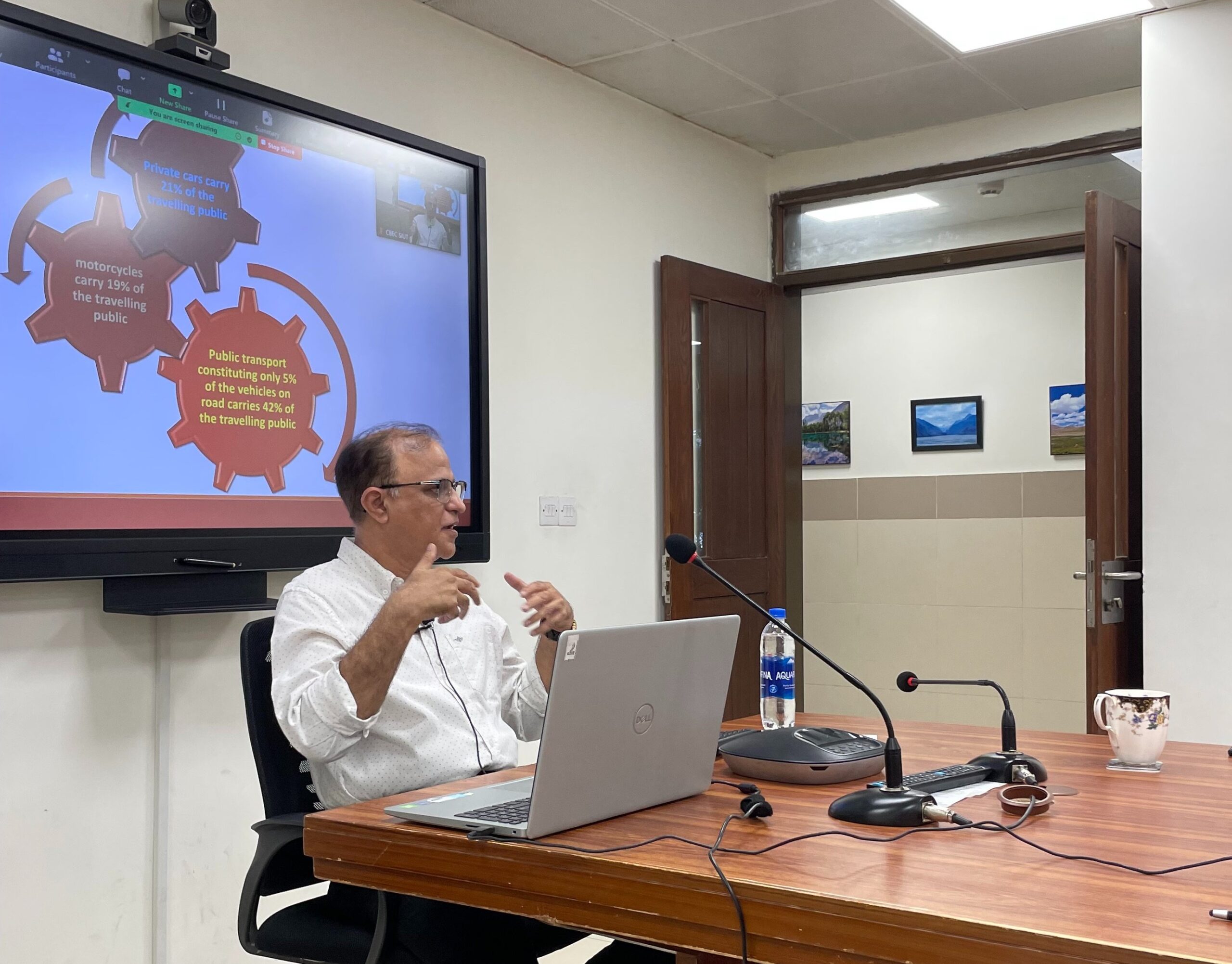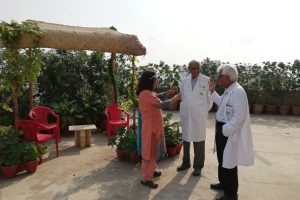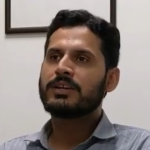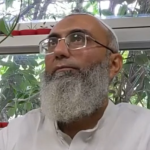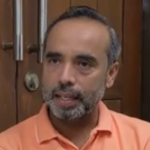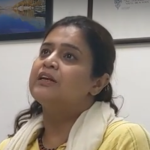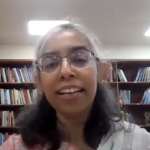“The medium is the message.” – Marshall McLuhan
While teaching an undergraduate course in Karachi on the philosophy of poverty, I asked my students to list down words signifying ‘poor’ in Urdu. Combining their lists, we were able to identify 28 words. Majid Rahnema, an Iranian economist and an expert on poverty, wrote that while there were around 40 words in medieval Latin and more than 30 words in Persian to describe ‘poor’, there were only 3 to 5 words in most African languages, possibly reflecting understandings of ‘poverty’ in different cultures and historical periods.
The ways in which people perceive the world is influenced by the language they speak. Simultaneously, language is shaped by local context and closely reflects the worldviews and lived experiences of different communities. For instance, Eskimo languages have fifty words for snow, English has quite a few but Urdu has just a couple of words. Based on this understanding of language, we can infer that it is not only difficult to translate a text completely from one language to another, it becomes hard to convey the complete essence of some expressions in another language. Furthermore, concepts and notions that originate in a specific time and space are imbued with the cultural and social context of that time and space. This is of particular importance when discussing bioethics on a global scale.
In 1984, medical sociologist, Renee Fox, wrote in her article “Medical Morality Is Not Bioethics” that it was an ethnocentric fallacy to view bioethics as “acultural or transcultural.” She argued that bioethics is a “Western and American” cultural product, not a “neutral and universalistic term.” Writing about the experience of “indigenizing” bioethics in Pakistan, Farhat Moazam and Aamir Jafarey also note that although medical morality is a universal concern, bioethics is conceptually and methodologically rooted in “secular, Anglo-American philosophical traditions.” While the discipline has gained in universal importance, efforts to disseminate bioethics often tend to ignore local context and social realities.
In Pakistan, one of the challenges in teaching bioethics has been the language in which bioethics is disseminated. A number of native languages are spoken across Pakistan, but Urdu is the most commonly understood language. Although higher education is mostly conducted in English – one of the two official languages of Pakistan – the number of people who can actually converse in English is very small. Some subjects, especially scientific ones, are easily taught in English because they mainly require the transfer of factual information or skill. However, teaching ethics requires discourse and argumentation, not merely the transfer of knowledge.
Ali Lanewala, associate faculty at CBEC, believes that it is difficult for people to express ideas in a language that they never use for regular conversation. He recounts that introducing a mix of Urdu and English in his sessions to facilitate interactive discussion transformed his teaching experience. Nida Wahid Bashir, also associate faculty at CBEC, relates that nurses and paramedical staff attending her sessions on medical error and negligence find it cathartic to discuss cases in Urdu, a language in which they can easily express their emotions. Nonetheless, bioethics literature and resources are still primarily in English.
This brings us to another challenge in bioethics pedagogy. When viewed through a different cultural and linguistic framework, some bioethical concepts may not truly connect to lived experience. During a survey at two hospitals in Karachi, Farhat Moazam recalls asking patients in the waiting areas how they would describe a ‘good’ doctor, and an ‘ethical’ doctor. To facilitate respondents, the term ‘ethical doctor’ was translated into Urdu as ‘Ba-akhlaq Daktar’. The results were surprising: using the Urdu term ‘ba-akhlaq’ (ethical) yielded very different connotations from the English word ‘ethical’, possibly corresponding to classical virtue ethics. Participants’ responses mostly characterized an ‘ethical’ doctor as a compassionate, parental figure who cared for patients as though they were kin. There was no reference to informed consent. Moreover, the respondents saw no difference between a good doctor and an ethical doctor, and only 2 respondents mentioned professional expertise as a characteric of a good doctor.
Another example is that of teaching concepts such as ‘rights’ to people who live In a closely-knit, highly interdependent, collectivistic society. ‘Rights’ can be translated as Haq or huqooq abstractly but the Urdu words carry different undertones, for a haq (right) exists within a relationship and is tied to someone else’s obligation, for instance, the obligation of children to respect their parents and obey them. Hence, several foundational notions in bioethics, such as autonomy, informed consent, privacy, etc., may seem unfathomable, or at least, not fully relatable, when transplanted to countries such as Pakistan.
Teaching and developing bioethics resources in local languages is an important step towards making the discipline accessible. But to become fully relevant, bioethics education has to be rooted in local cultural realities and cognizant of the historical and social trajectories that have shaped the expression of both language and morality.
To read Urdu version of this article, click here




